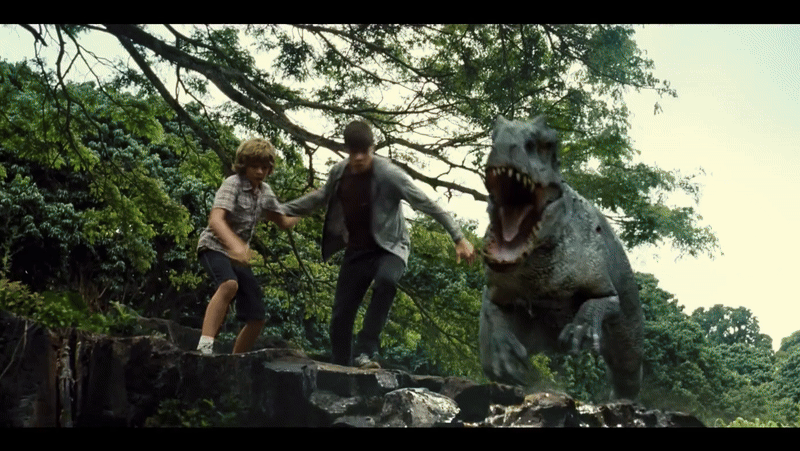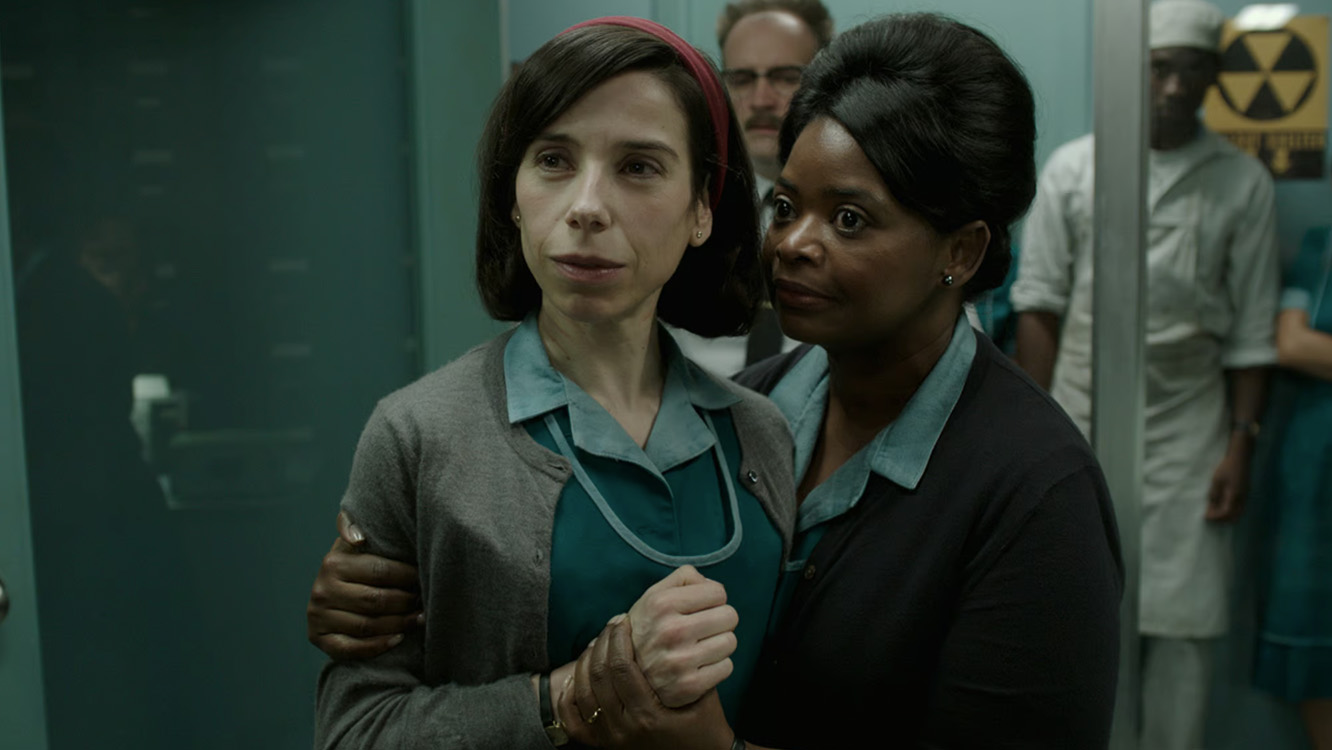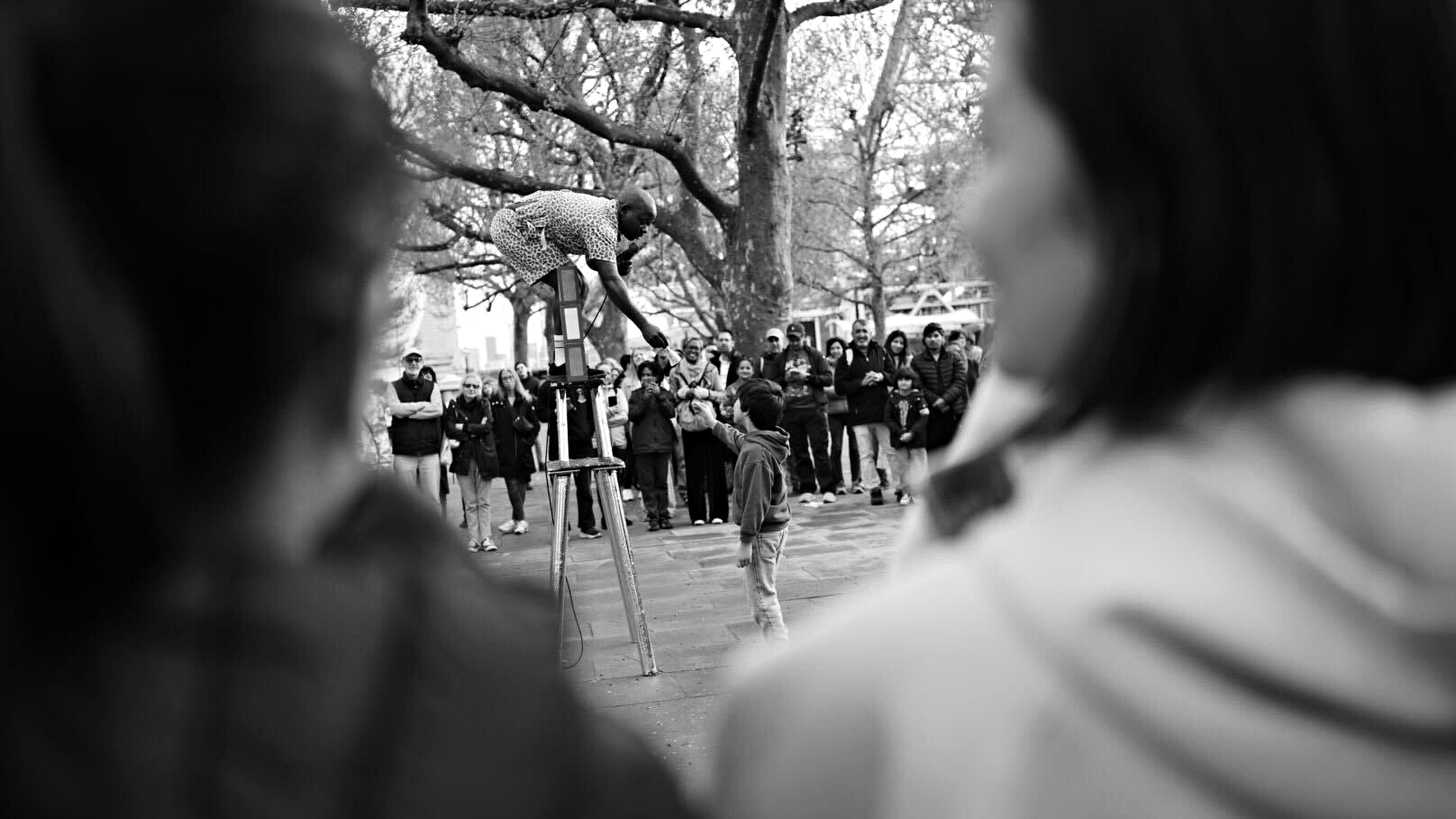Has color grading gone too far? This YouTube video hits on a subject I’ve pondered for years
Color grading is a hallmark of modern cinema, but are extreme grades doing more harm than good?

When I came across YouTuber Alucinor Productions’ video, “Is Digital Color Grading Destroying Modern Movies?”, it felt like unearthing some kind of revelation. I instantly knew what the video was going to be about, because it’s a subject that’s sat in my movie-minded subconscious for years.
I know plenty of casual moviegoers who flat-out refuse to watch older movies. And while there are a multitude of reasons why older films may feel different to modern productions – such as jankier CGI, slower pacing, simpler transitions, lighting and much more – one of the biggest differences between then and now, which probably doesn’t get mentioned enough, is color grading.
ABOVE: Watch the video and see if you agree
The concept of color grading isn’t new. Various color-altering methods were used prior to digital filmmaking, such as the bleach bypass technique – which would reduce or remove the film bleaching process to desaturate the footage – famously used to achieve Saving Private Ryan’s iconic aesthetic.
But when digital filmmaking came along, it made the process of color grading cheaper and easier, while dramatically increasing the filmmaker’s possibilities. The problem is, it’s used so often and to such an extent that it can arguably hamper the viewing experience and therefore the story being told.
It seems like every film and television show that comes out nowadays is color-graded to the Nth degree. Alucinor Productions’ video (above) uses a jarring scene in Brad Pitt’s World War Z as a case study to illustrate this point. As he puts it so succinctly: “For audiences to psychologically buy in, the grade must at the very least be tonally consistent with the material.”
And to prove that extreme color grading can also be used to great effect, he cites Mad Max: Fury Road’s saturated blue skies and warm yellow hues as benefitting the film's crazed nature.
Get the Digital Camera World Newsletter
The best camera deals, reviews, product advice, and unmissable photography news, direct to your inbox!

Personally, my favorite example of extreme color grading done right is Guillermo del Toro’s The Shape of Water. This film, about a romance between a woman and an underwater creature, trapped in a government laboratory, has a very distinctive murky blue and green grade. It’s clearly meant to simulate being underwater. And when paired with a very unconventional love story, the unconventional grade works well.
But Alucinor Productions’ point is that many movies are graded without such attention to detail, almost for the sake of it. He uses Jurassic World as an example, showing a behind-the-scenes clip of a muddy, brown river that looks teal in the final edit. The difference is not only striking, but a world away from the realism of the colors portrayed in the Steven Spielberg original.
And it’s older films like Jurassic Park where the YouTuber wonders whether the filmmakers of today could learn a thing or two. And I certainly agree with his point that, in the right film, a more realistic color grade can help to immerse audiences, while an extreme grade can pull them from that immersion.
Make sure you watch the video for all of Alucinor Productions’ thoughts on color grading and the many examples he draws from. I really think he’s hit upon something we need to pull from our subconscious and talk about more.
You may also like...
If you're interested in video editing, make sure you check out the best video editing software. Want to learn about serious filmmaking cameras? Check out the best cinema cameras. And if you'd like more film-related opinions Nosferatu has the best cinematography I’ve seen in a long time.

Mike is Digital Camera World's How To Editor. He has over a decade of experience, writing for some of the biggest specialist publications including Digital Camera, Digital Photographer and PhotoPlus: The Canon Magazine. Prior to DCW, Mike was Deputy Editor of N-Photo: The Nikon Magazine and Production Editor at Wex Photo Video, where he sharpened his skills in both the stills and videography spheres. While he's an avid motorsport photographer, his skills extend to every genre of photography – making him one of Digital Camera World's top tutors for techniques on cameras, lenses, tripods, filters and other imaging equipment – as well as sharing his expertise on shooting everything from portraits and landscapes to abstracts and architecture to wildlife and, yes, fast things going around race tracks...
You must confirm your public display name before commenting
Please logout and then login again, you will then be prompted to enter your display name.

